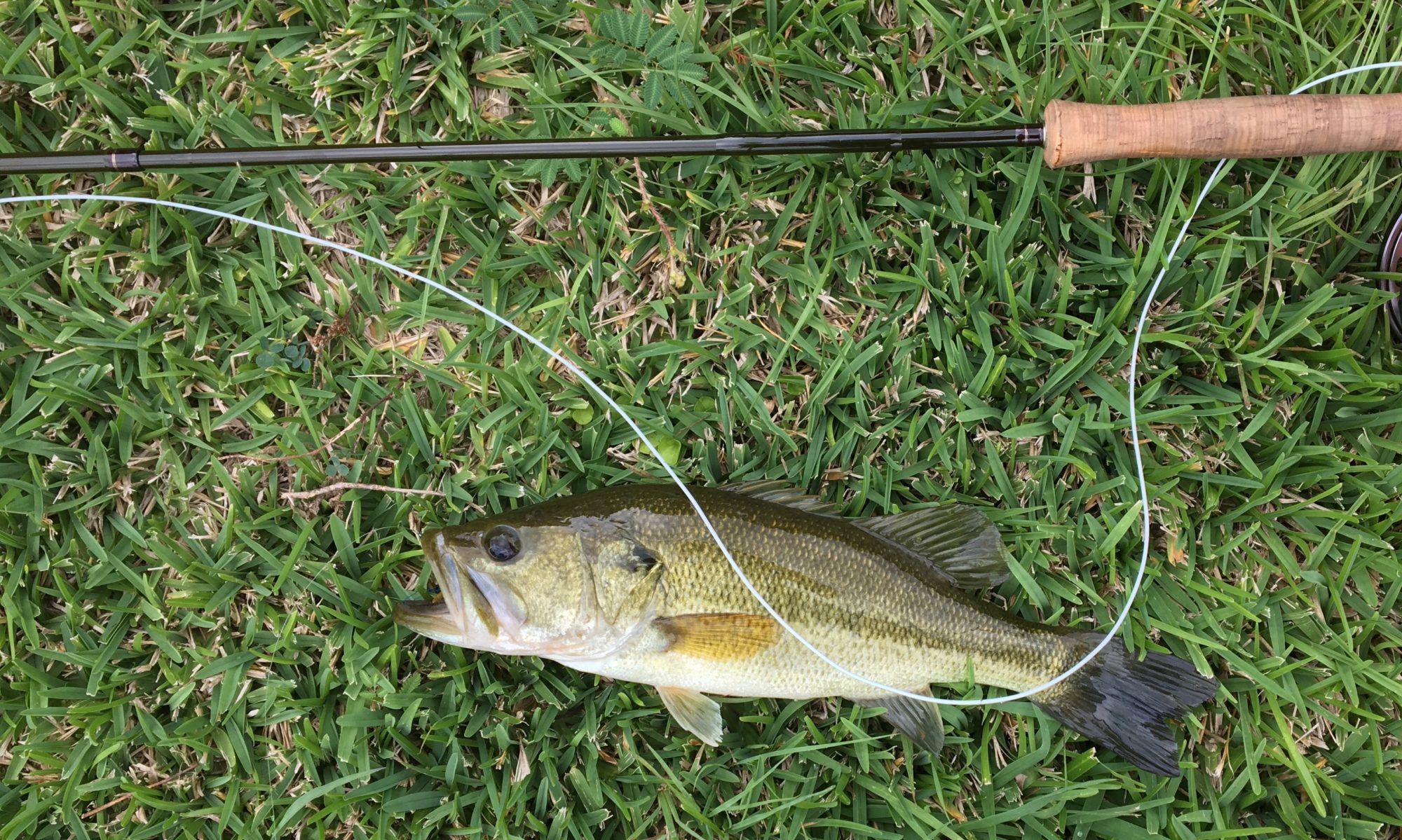James Michener’s Hawaii is almost 1000 pages long. It’s longer, cover to cover, than the Hebrew Bible, the New Testament, the Koran, and the Book of Mormon combined. It’s longer than the complete novels of Anthony Trollope or Charles Dickens. It’s not just a doorstop of a novel, it’s a murder weapon: “Colonel Mustard, in the Library, with Hawaii.
If you start looking for books about Hawaii, Michener’s Hawaii is still on every list. It was his first mega-book, after having won a Pulitzer Prize for Tales of the South Pacific. Hawaii is a saga, beginning geologically, preceding through Polynesian exploration, missionaries, sugar planters, dynastic overthrows, and World War II to statehood. It came just in time for the re-creation of Hawaii as an airline vacation destination. There are The Hawaiians, The Whalers, The Missionaries. There are The Chinese. There are The Japanese. Thank God we made Hawaii a state, otherwise the book might still be going.
But early on, in 1959 when Michener published Hawaii, the well-researched sweeping drama was still something new. In the 60s it was a book everyone had read, highbrow to lowbrow. Did the genre exist before Michener? I suppose there were plenty of historical dramas, but no one wrote historical fiction like Michener, where the history itself is the very thing. Michener’s Hawaii has some characters, plenty of them, many of them memorable, but they’re there to move along the sweep of time, the Grand Theme, not for their own sakes. It’s amazing that Michener does as well with them as he does.
And nothing ever happens in Hawaii that’s not Significant. Nobody hangs out and drinks beer around the pool, or drives to the grocery store. They hang out around the pool and plot the overthrow of the Hawaiian royalty. They drive to the grocery store and burn down half of Honolulu. A woman character appears, establishes her place in the grand family scheme, delivers a message to the hero-of-the-moment, and is then swept out to sea by a tsunami. It wasn’t like she needed to get swept out to sea by a tsunami, but I guess the tsunami was handy, so Michener sweeps her out to sea. Minor character. Minor incident. Time for Time to march on.

From what I can tell even if it’s not a great novel it’s not bad history, and there’s no cannibalism (though there is some human sacrifice). All in all I appreciate Michener’s attitudes towards All Those People. Michener was adopted by a Quaker, and there’s some Quaker benevolence in his attitudes. There is also a tendency in Michener to deal in racial tropes, but it has less to do I suspect with inherent prejudice than how Michener characters are used. They’re not so much portraits as game pieces, like tiles on an old board game, Stratego, Hawaiio. When you flip them over they display their value: this red tile is worth 10 whaling ships, this blue tile 20 missionaries, this a Hawaiian queen, this a tsunami.
Hawaii–the state, not the novel–doesn’t seem to have produced great fiction. There are a lot of very good histories, including a bit of a romp, Unfamiliar Fishes, by Sarah Vowell. There’s James Jones’ From Here to Eternity, and some people like it, but I can’t get over the notion that the hero finds playing the bugle transcendent, or that someone who found playing the bugle transcendent would risk his embouchure boxing. Everything after those implausibilities is tainted.
It also has Hawaii Five-0 and Magnum P.I., both now in remakes, but doesn’t seem to have a significant fictional detective who lives in novels (unless Charlie Chan counts, and that’s its own set of problems). There’s no Dave Robicheaux, Travis McGee, Sam Spade, or V. I. Warshawski. There’s no Spenser. That surprises me. Hawaii seems ideal for that kind of stuff: it’s ripe for a beach novel detective. Instead it’s got this really long book.



















